Yoga practice with humming: Feel your inner resonance

At the beginning of a class, I often ask my students to close their eyes and sense the quality of their energy. Then, I ask them to show me their current energy with a hand gesture. Oftentimes, that demonstration looks like a wave – smooth or spastic, even or erratic. It intuitively feels right to describe our energy in a wave-like form.
Sound travels in waves, too, and certain sounds seem to agitate our systems (like a smoke alarm sound, for example), while others have a soothing effect (like humming or a lullaby). Some even believe that the purpose of sound is to provide the cells of the body with electrical stimulation or cortical charge, “toning up the whole system and imparting greater dynamism to the human being.”
We can intentionally use sound to connect to the quality of our energy and to affect it. Humming is particularly good for that. In addition to all the physiological benefits that humming has on our bodies, we can also use it to connect to our own inner vibrations and harmonize them. It’s no accident that the expression “to hum along” also means “to run smoothly.” When our bodies are running smoothly, we have a sense of joyfully humming along.
In this yoga practice we use humming with movement to feel the sound resonance in different parts of the body. We also work on extending and completing our exhalations to promote parasympathetic activation. The practice culminates with So Hum (“I am that”) chant to tune into our own inner vibrations and get a sense of the subtle energy that animates us. Please give it a try and let me know how it feels!
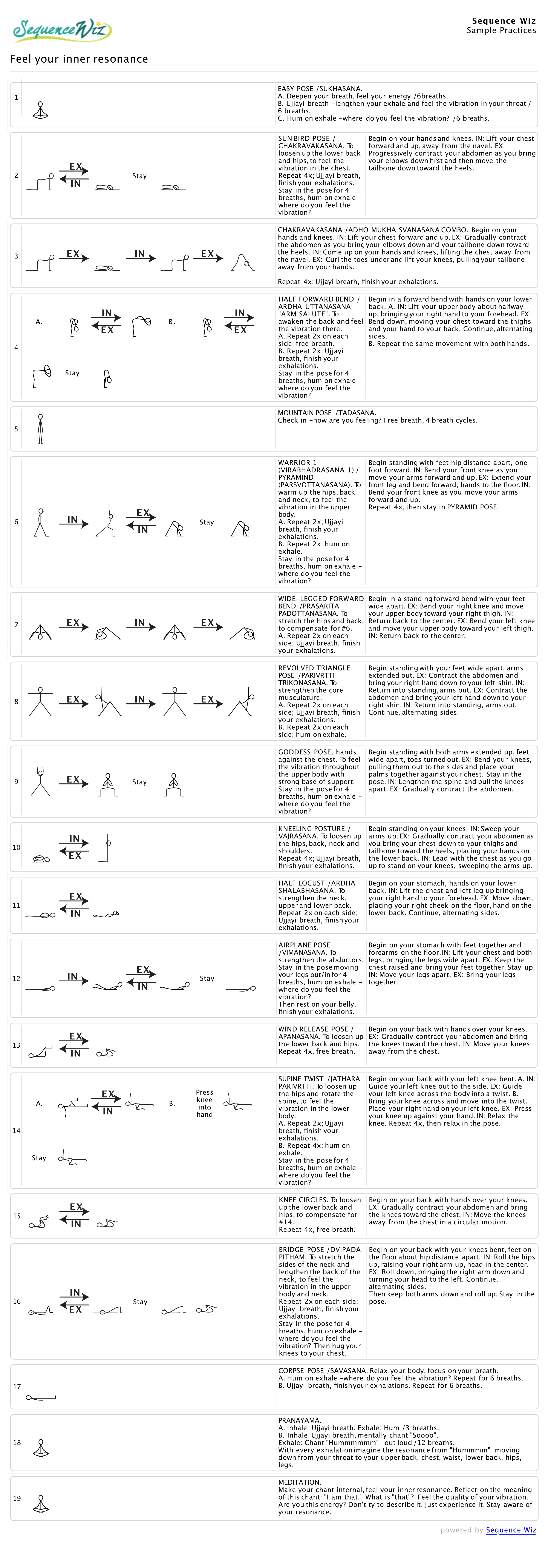
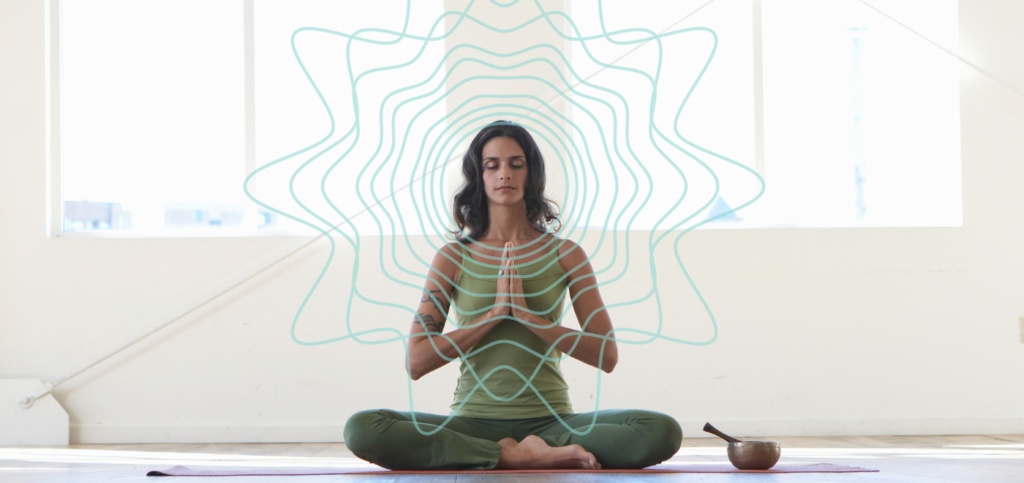
To your brain, there is very little difference between what it perceives from the outside world and what it perceives inside your body.

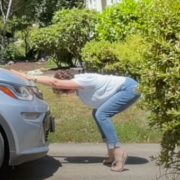


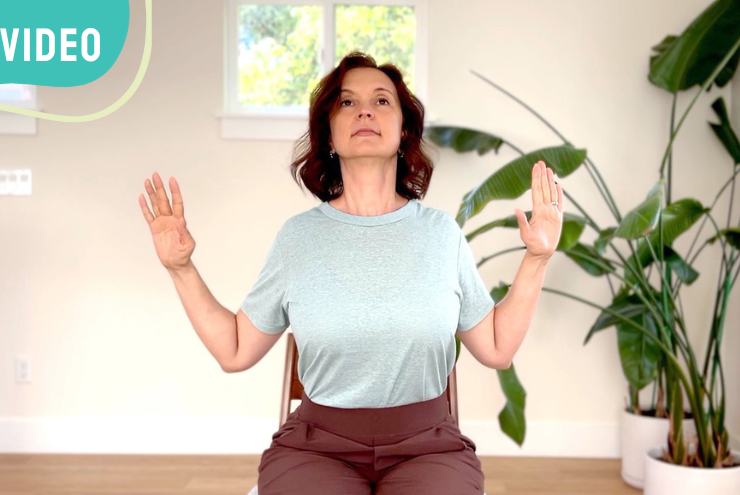
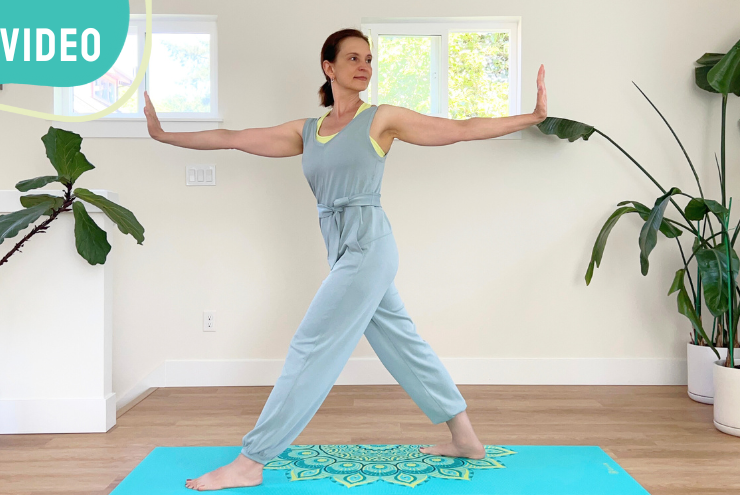
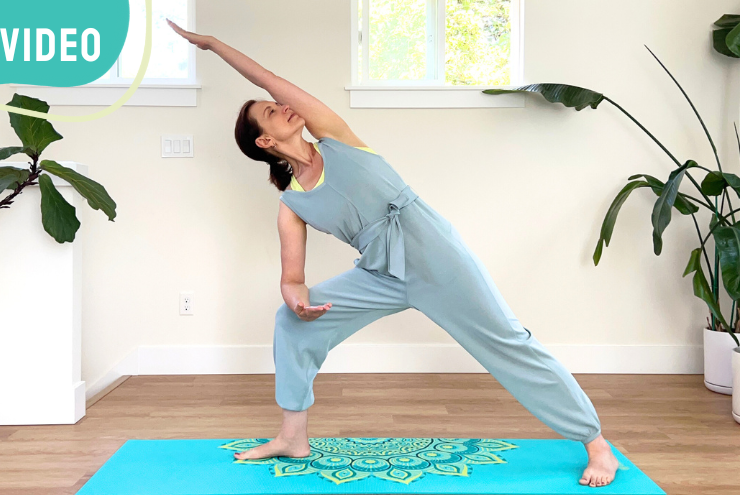



Dear Olga,
I learn so much from you every day- im truly grateful for sharing your knowledge with us – thank you so much.
Thank you Nayana!
I second that Nayana. Thank you Olga.
I am always delighted to see your emails arrive to my inbox:). Your knowledge is translated in a scientific, yet easy to understand way, which helps me to feel more credible as an instructor. Having your tidbits of info are treasures for everyone: students and teachers as myself. Thank you!
Thank you Anna, that’s so lovely to hear! I get so excited when I find scientific explanations and support for the practices that yogis had figured out long ago experientially. I am happy to hear that it resonates with you, too! 🙂
Beautiful sequence! Thank you
Thank you Peter!
lovely practice – did once on it’s own – my body/muscles need to be much warmer before ANY stretching like in parsvottanasana, etc…second time I went for hike, home some cardio specific to warming up glutes/hams then did this practice….and this time my body and my mind enjoyed it. With my extensive yoga, body mechanics, sports medicine training rule #1 muscles must be warm before any static poses or stretching to avoid injury, even just doing several sun salutations A, B does not prepare this body enough, I do cardio, then HIIT w/weights nowadays before I do any yoga and haven’t had any SIJ, piriformis, low back issues, not a 1 like I did when I only did yoga.
Another lovely practice and I felt both energized and calmer. The second time I did this practice I used blocks under my hands in Parsvottanasana. I have incorporated humming into my daily practice. You are a gift to the yoga community and one I am grateful for every day.